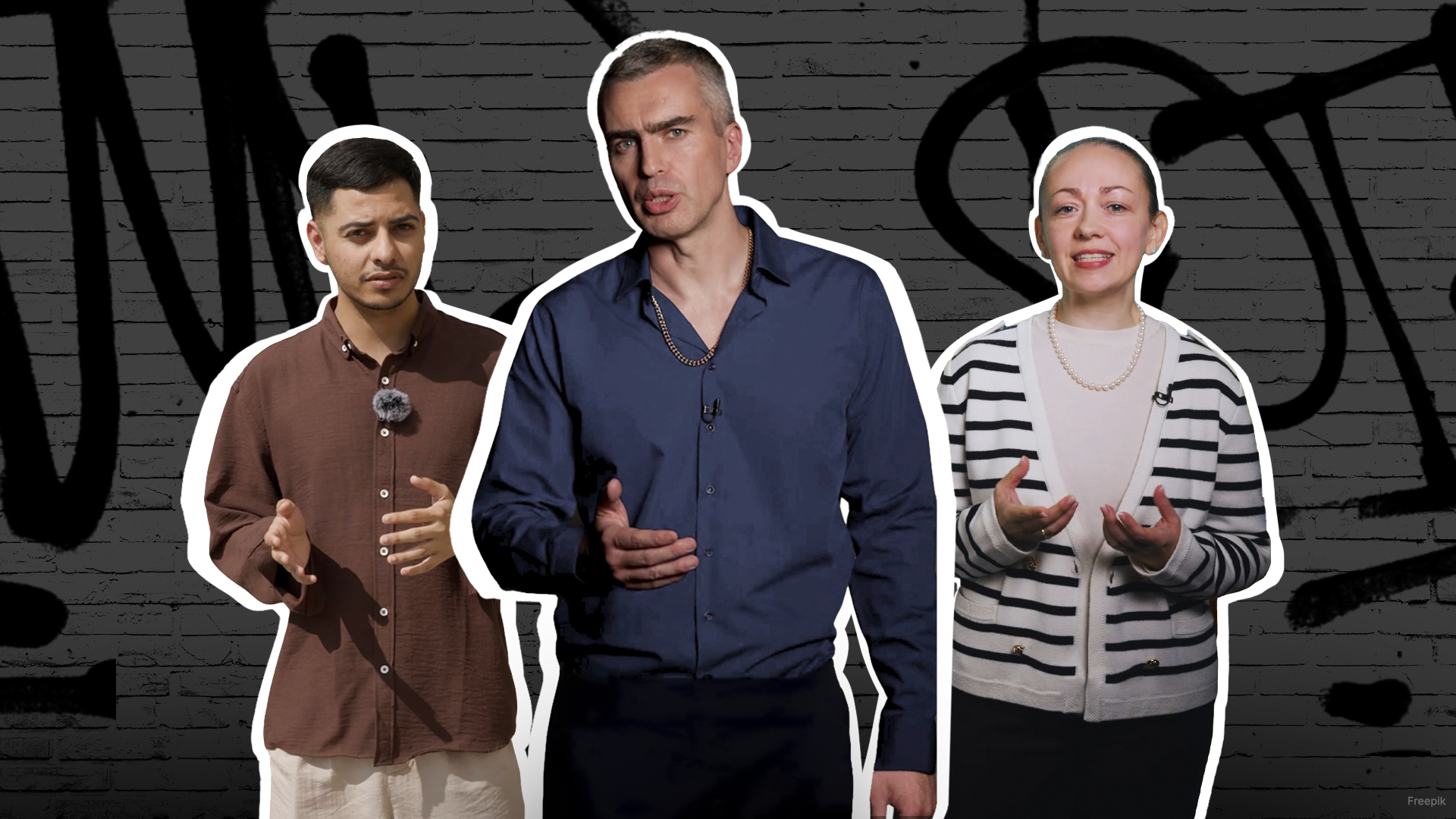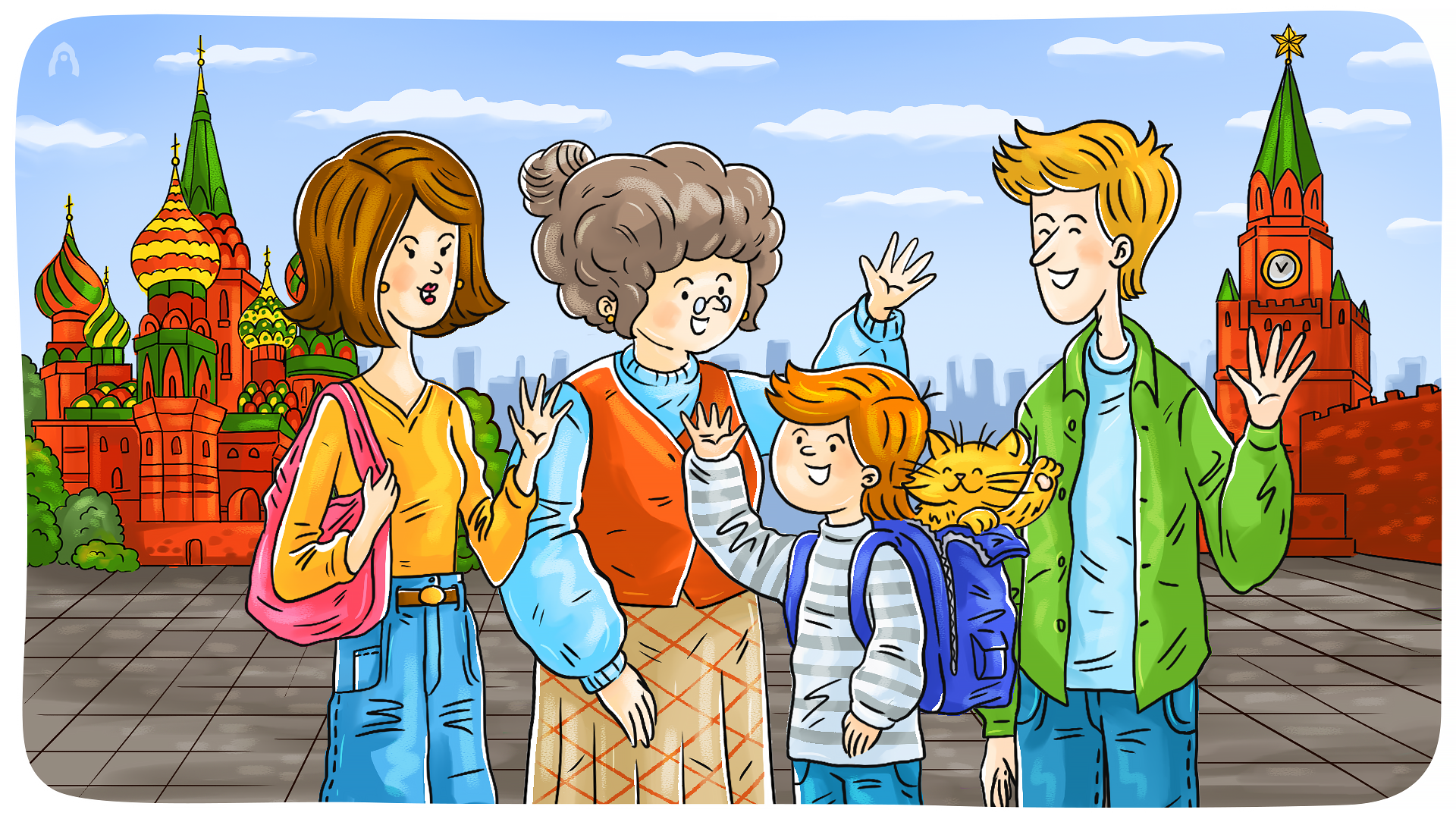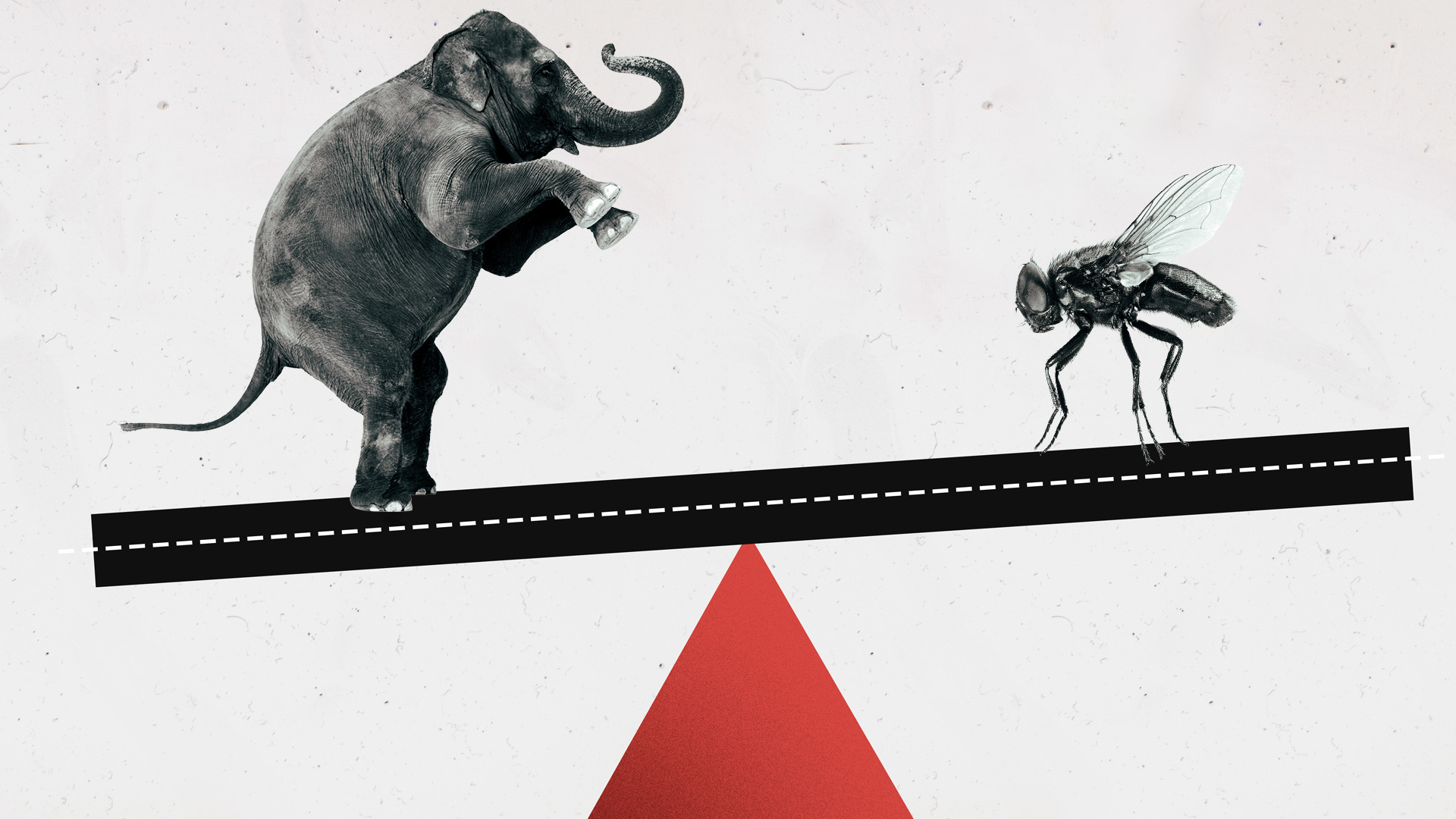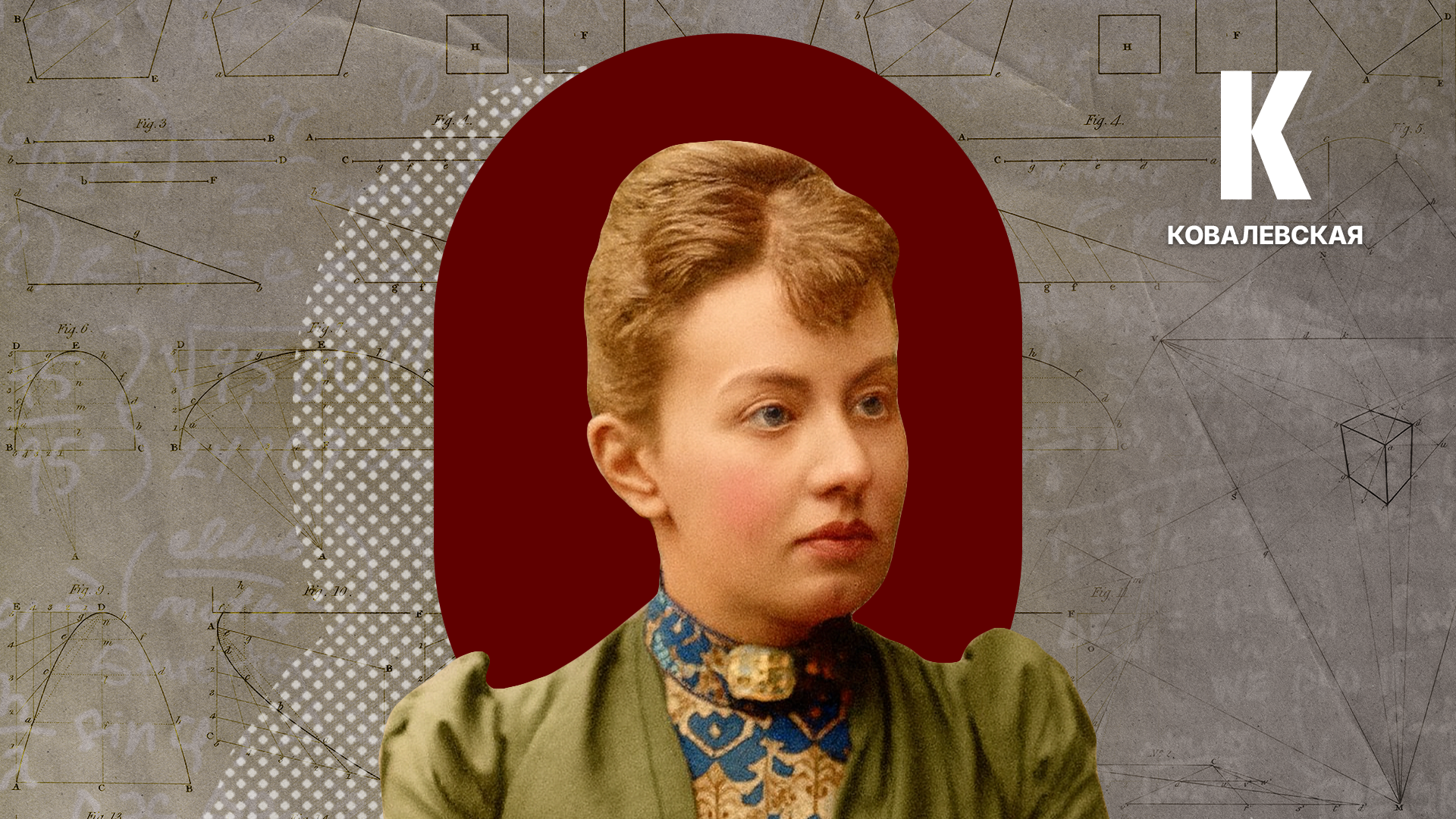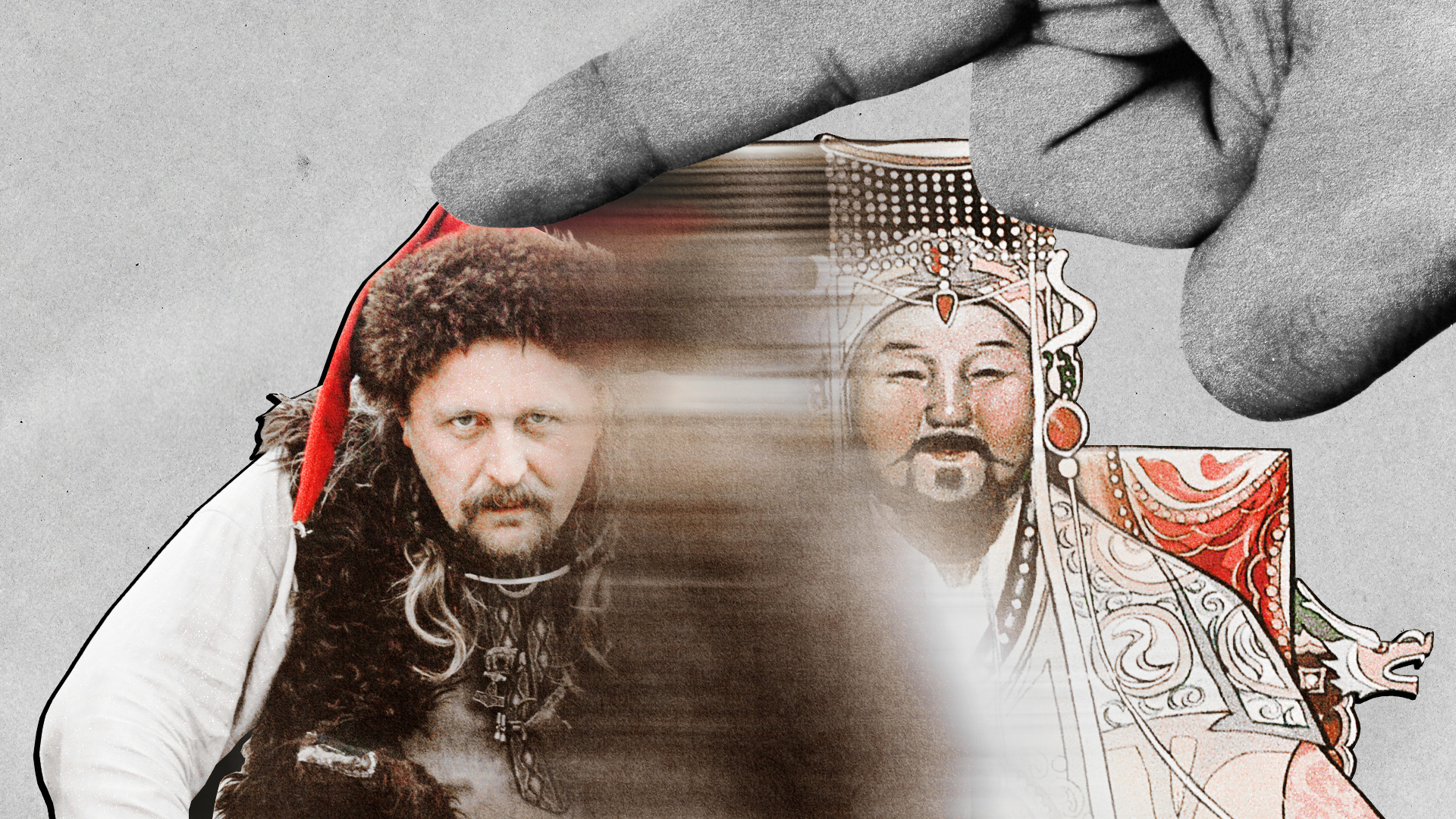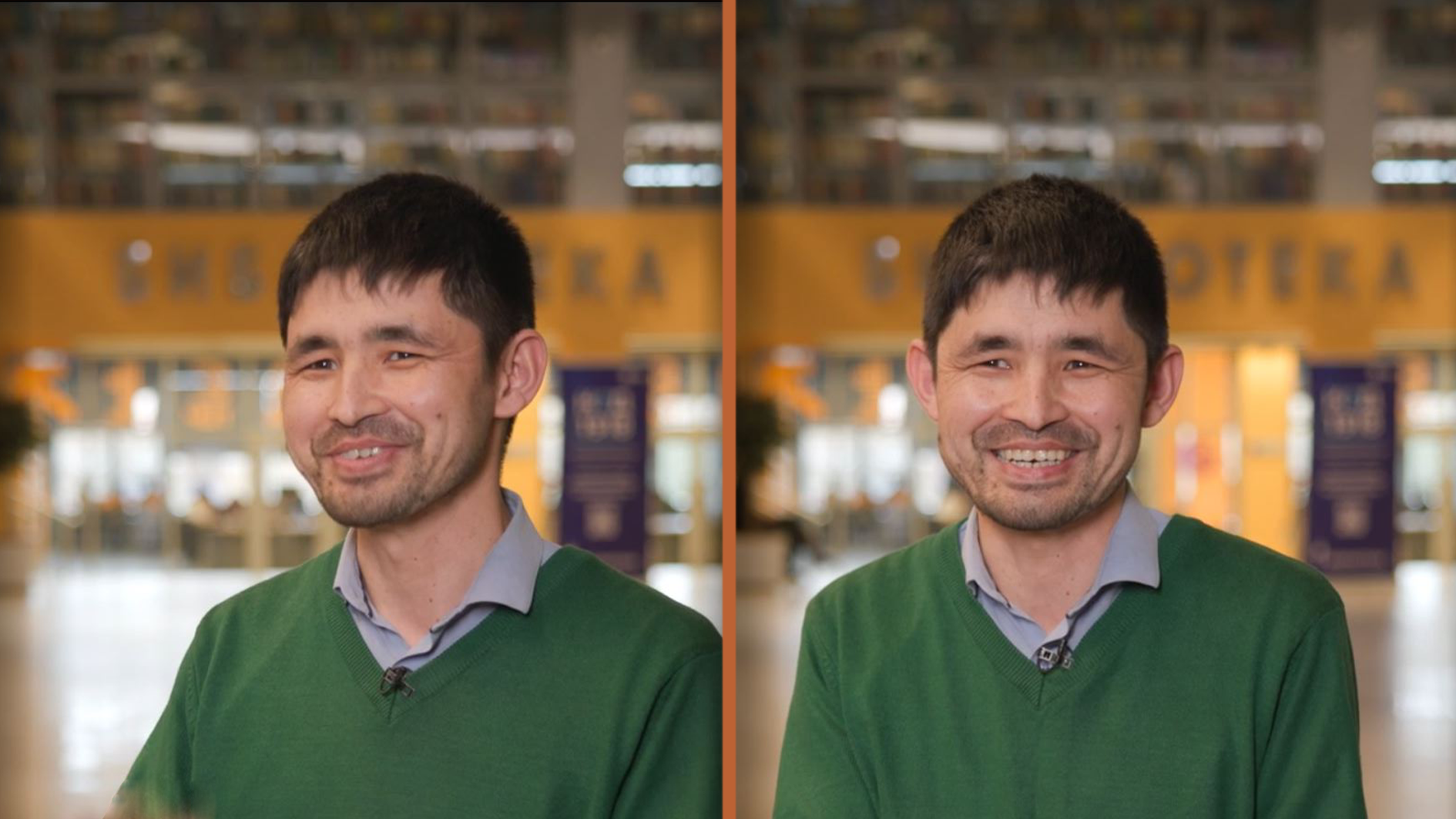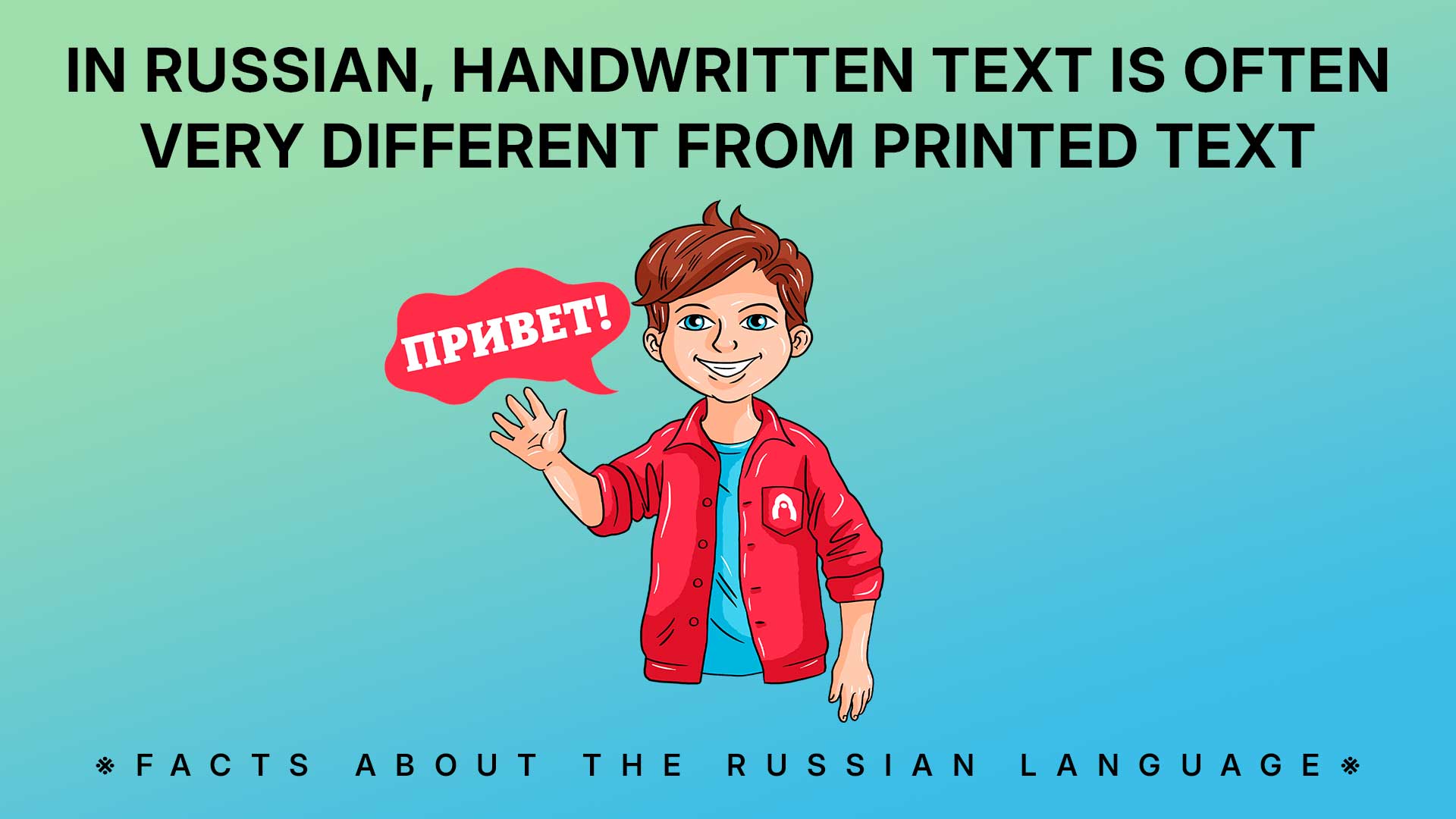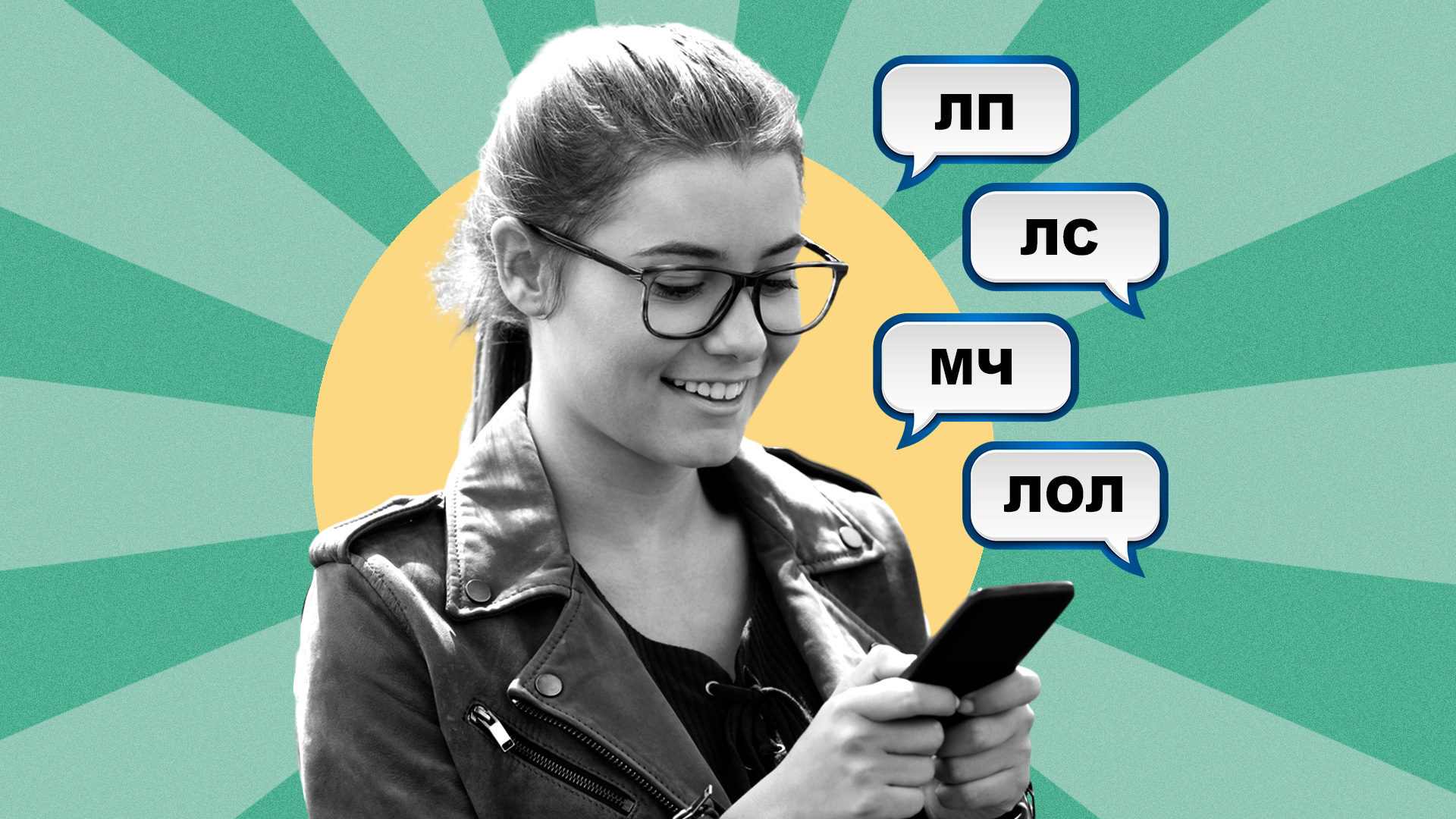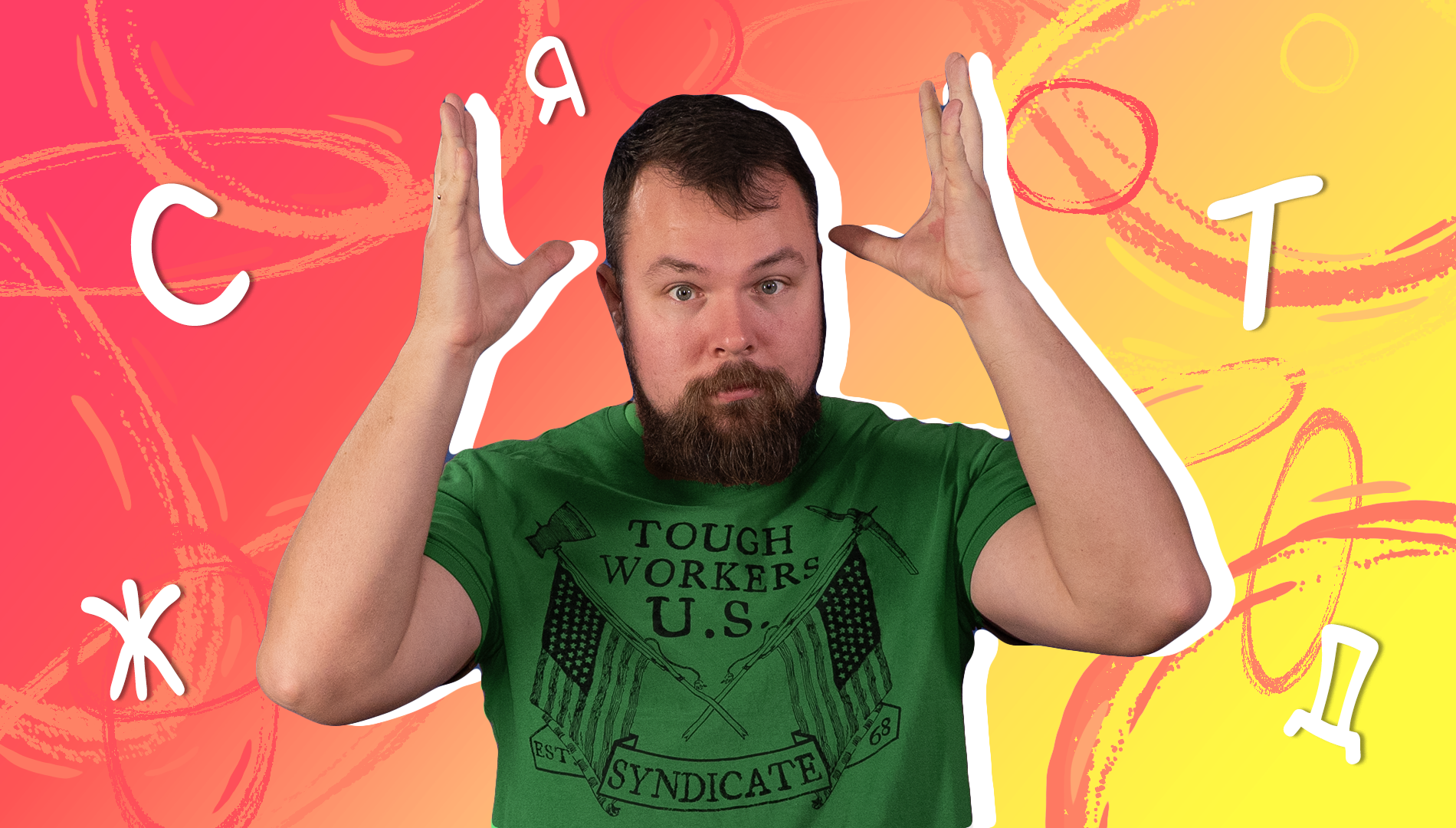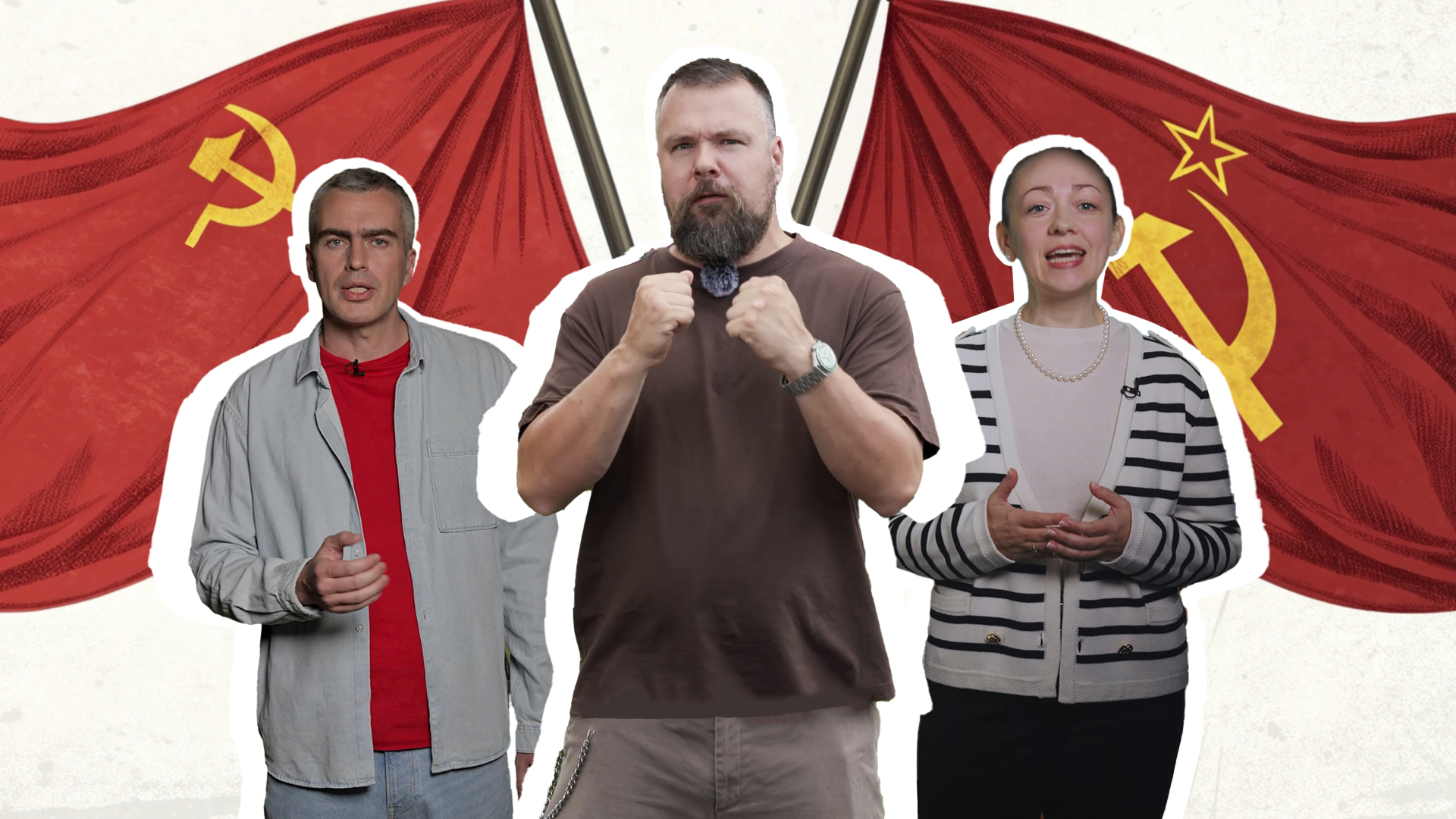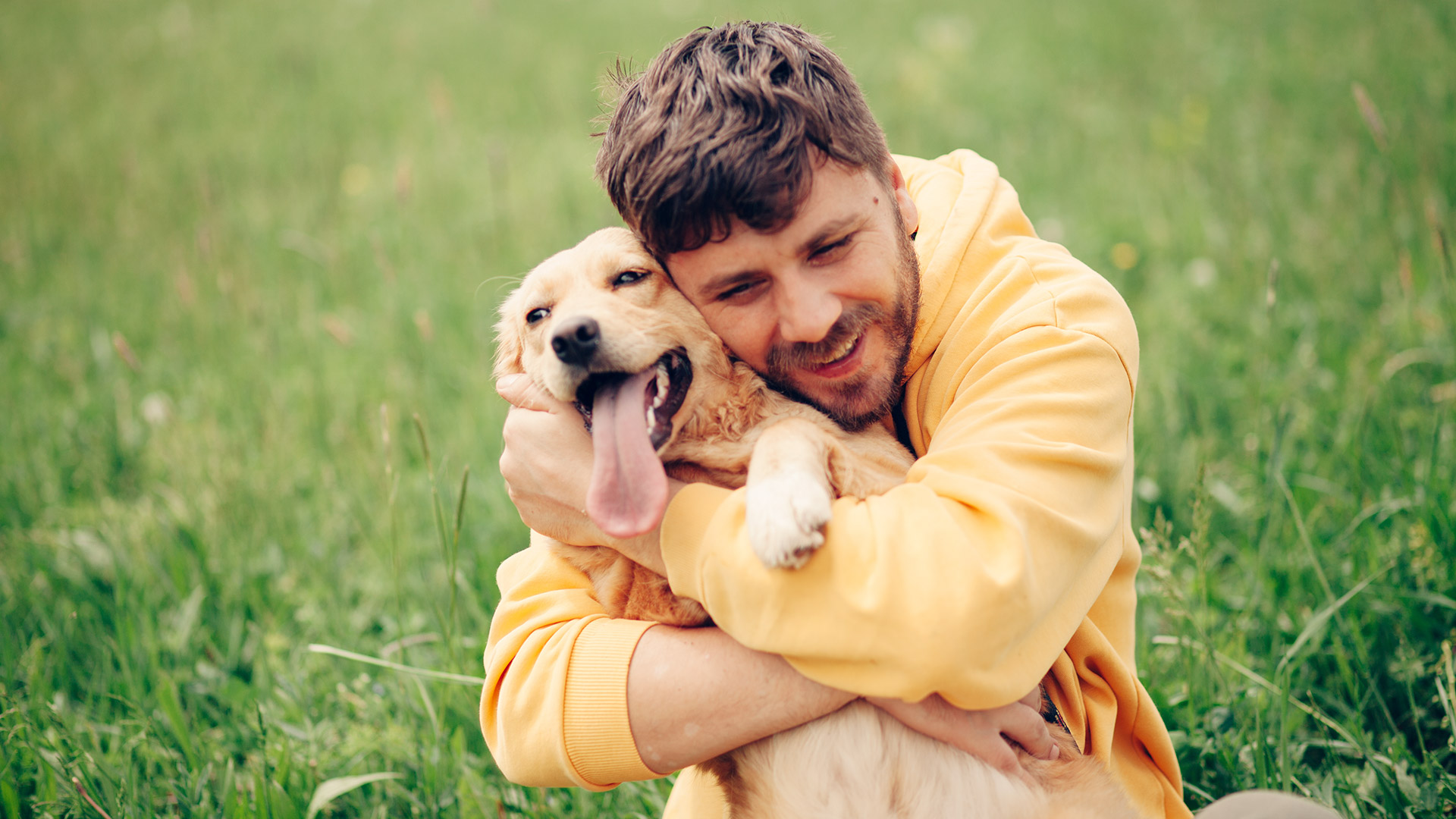
Advanced Russian: How to define something as lying, sitting or standing?
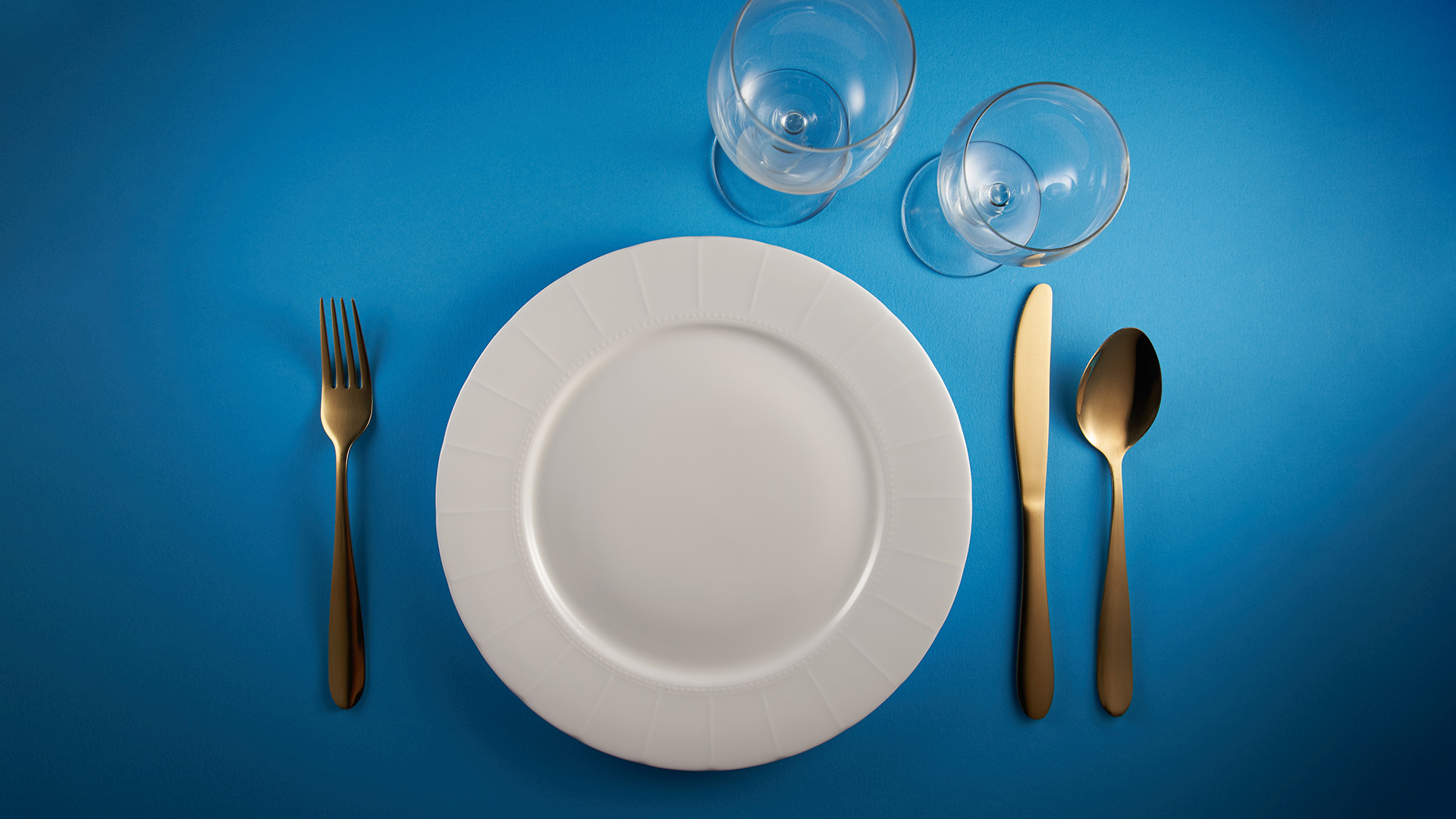
Здравствуй, my dear Russian learners! I know that motion verbs can be some of the most challenging things in the Russian language. And even advanced level students can sometimes get confused with them.
However, there is an even more confusing aspect. The verbs that indicate the position of an object in its surrounding space.
Why is a spoon “lying” on the table, while a glass is “standing” on the table? Why is a working laptop “standing” on the table, while a closed and switched off one is “lying” on the table? Well, here’s a tip: When something is wrong, not working or switched off, it’s ‘lying’, while in the correct position or working, it’s standing…!
Let’s try to sort everything out.
‘Лежать’ (‘lie’):

We use it when something is in a horizontal position:
- “Человек лежит на диване.” (“A person is lying on the sofa.”) – actually, with a human, things are easier!
- “Книга лежит на столе.” (“A book is lying on the table.”)
‘Стоять’ (‘stand’):
We use it when something is in a vertical position:
- “Человек стоит у двери.” (“A person is standing by the door.”)
- “Книга стоит на полке.” (“A book is standing on the shelf.”)
Despite a car seemingly being in a horizontal position, it still would be “standing” (“стоит”). Here’s another tip: most things that have ‘legs’ or ‘wheels’ would be “standing” (‘стоять’).
‘Сидеть’ (‘sit’):
We use it when something has a position supporting its lower body.
- “Человек сидит на стуле.” (“A person is sitting on a chair.”)
- “Кошка сидит у окна.” (“A cat is sitting by the window.”) – but make sure it’s not lying!
And a final surprise: A bird would “sit” (“сидеть”)’ on a branch, despite the fact that most objects with legs usually would “stand” (“стоять”).




